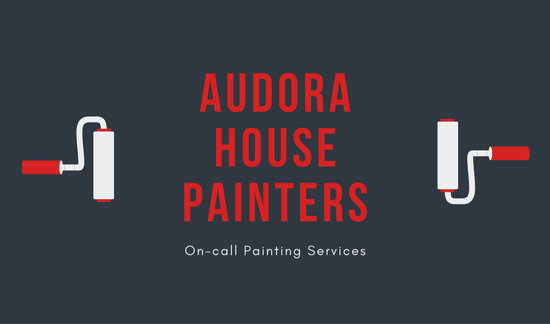Seasonal Considerations For Industrial Outside Paint: What You Need To Know
Seasonal Considerations For Industrial Outside Paint: What You Need To Know
Blog Article
Authored By-Korsholm Skafte
When you're intending a commercial external paint project, seasonal variables can make or break your results. best painting company okc 'll want to take into consideration just how temperature level and humidity effect paint application and drying out times. Picking the appropriate period can ensure your paint adheres correctly and lasts much longer. But which periods are genuinely the best for this kind of work? Allow's check out the crucial elements that can influence your job's success.
The Impact of Temperature Level on Paint Application
When you're planning an industrial outside painting project, the temperature can considerably affect exactly how well the paint sticks and dries.
Ideally, you intend to repaint when temperature levels vary between 50 ° F and 85 ° F. If it's too cold, the paint may not heal properly, resulting in problems like peeling or fracturing.
On the flip side, if it's as well hot, the paint can dry out too rapidly, stopping appropriate adhesion and resulting in an irregular surface.
You ought to also consider the moment of day; early morning or late afternoon uses cooler temperature levels, which can be more beneficial.
Constantly examine the manufacturer's suggestions for the certain paint you're using, as they often offer support on the optimal temperature level array for ideal results.
Humidity and Its Impact on Drying Times
Temperature level isn't the only environmental factor that influences your commercial external paint task; humidity plays a considerable role as well. High humidity degrees can reduce drying out times significantly, impacting the general quality of your paint work.
When the air is filled with dampness, the paint takes longer to cure, which can cause issues like poor bond and a higher risk of mildew growth. If you're painting on a particularly damp day, be planned for extended delay times between coats.
It's important to monitor neighborhood weather and plan accordingly. Preferably, go for humidity levels between 40% and 70% for optimum drying out.
Maintaining these factors in mind ensures your job stays on track and supplies a long-term coating.
Best Seasons for Commercial Exterior Paint Projects
What's the most effective time of year for your commercial external paint jobs?
Springtime and very early loss are typically your best bets. Throughout these seasons, temperature levels are light, and moisture levels are usually lower, creating perfect problems for paint application and drying.
Avoid summertime's intense heat, which can create paint to completely dry also promptly, causing poor attachment and finish. Likewise, wintertime's cold temperature levels can prevent proper drying and curing, running the risk of the durability of your paint work.
Go for https://www.housedigest.com/964660/foolproof-tips-for-painting-with-dark-colors/ with temperatures between 50 ° F and 85 ° F for optimal results. Bear in mind to examine the local weather prediction for rain, as damp conditions can spoil your job.
Preparation around these factors ensures your painting task runs smoothly and lasts longer.
Final thought
In conclusion, preparing your industrial external painting jobs around seasonal factors to consider can make a substantial difference in the end result. By scheduling work throughout the excellent temperatures and moisture degrees, you'll guarantee better attachment and drying out times. Keep in mind to keep an eye on neighborhood weather report and pick the right time of year-- springtime and early autumn are your best options. Taking these actions will certainly help you accomplish a sturdy and expert coating that lasts.
